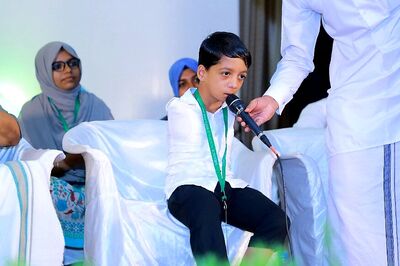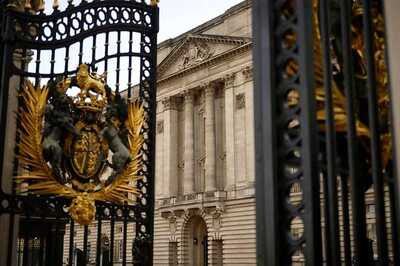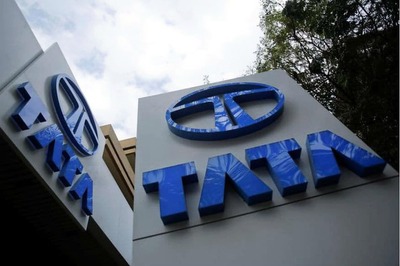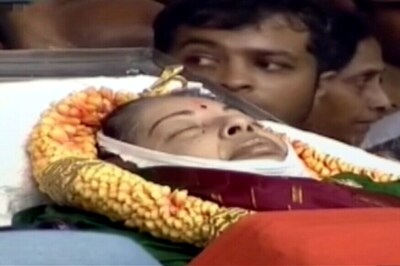
views
GULBARGA: The First War of Independence which began in 1857 as a ‘sepoy mutiny’ at Meerut spread to other parts of the country in the form of civil rebellion and patriotic revolt by some princely states, thus, witnessing the participation of many regional leaders who became folk heroes of India’s first recognised movement for freedom.Even today in the South, especially in Karnataka, one remembers the yeomen contribution of Kittur Rani Chennamma and Tippu Sultan but very few people have heard the names of Kings of Surpur Samsthana in Yadgir district. Raja Nalwadi Venkatappa Naik who not only defeated Mughal Emperor Aurangzeb but also achieved victory over the mighty British on the 8th of February, 1857 in Surpur, is hardly known or remembered in his own state.The ‘Research Centre for History of Surpur’ is celebrating the ‘Victory Ceremony of First War of Independence, 1857’ at Surpur on the 8th of this month and honouring the descendents of Surpur kings and other families. Express pays its tribute to the gallant ‘warriors of Surpur’ and other princely states who fought against the British for the independence of our country. Well known historians like M Y Surpur and Revansiddayya Rudraswamy Mutt who have authored books on the history of Surpur spoke on the contributions of these kings who have been completely buried in the annals of history. The historians opine that the King of Surpur Samsthana, Nalwadi Venkatappa Naik was one of the few kings of erstwhile India who participated in the First War of Independence and fought with, only one intention, of ousting the British from the country though there was no immediate provocation like the vexed adoption issue during those days.The ruling family of Surpur (also known as Shorapur) hailed from the Bedar community which is the principal community in Surpur area. Later, when Raja Krishnappa Naik died in 1841, his son Venkatappa Naik was then, a minor boy of seven years only. The British Resident at the Nizam of Hyderabad therefore, decided to impose Meadows Taylor as their political agent at Surpur and completely entrusted the work of supervising the prince’s education as well as his upbringing.However, in 1853, when Venkatappa Naik turned 19, Taylor returned to Hyderabad and the former took the reigns of the government into his hands. But now, the British Raj proposed to the young Shorapur Raja that he keep a British Officer as an adviser for the state for some more years at a princely sum of Rs. 20,000 per annum.The first independent decision of Raja Venkatappa Naik, after he assumed power of the Surpur Samsthan, was the rejection of the British proposal of an adviser on the grounds that there was no need for an adviser from the British Government and that the financial condition of the state did not permit them to keep an adviser. It is said that the kings of other samsthanas and representatives of kings of South India including Anegundi, Jamkhandi, Tasugaon (Maharastra), Jat, Mudhol, Malakhed, Mundargi, Jambagi and Gamvar Samsthana held a meeting in Mysore somewhere between 1855-56 and entrusted the leadership to Nalwadi Raja Venkatappa Naik to wage war against the British. All these Samsthanas not only supplied explosives and weapons to Surpur Samsthana but also warriors from the various states who actively participated in the first war of independence which took place in Surpur in 1857 and the young King defeated the British but did not live long to see the fruits of his success. Even today, one can see the ruins and relics of the historic battle against the British and hear as many explosive stories about the valiant Naik Kings that had till today remained a forgotten chapter.




















Comments
0 comment